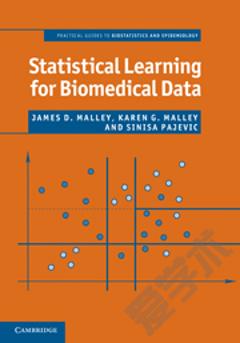Native Statistics for Natural Sciences
This is a book which presents several step-by-step complementary and chained statistical tools. These tools are applied to analyze structures and variability of natural systems helping to gradually understand and control their complexity. The book is organized into a series of chapters which are extensively illustrated by intuitive figures and simple numerical examples. Statistics represent a large field of applied mathematics aiming to extract and analyze information from sampled data issued from complex systems or populations. Extraction of reliable information on systems requires "a priori" of the application of strategic rules by which intrinsic variability and extrinsic limits are considered. Such strategic rules are given by sampling designs and experimental designs which are applied for open and close systems, respectively. Sampling designs presented in this book include simple random, systematic and stratified designs which are applied to estimate and control variability in open systems having different organizations or distributions. Moreover, sampling designs are appropriate tools for later biodiversity and spatiotemporal analysis of natural systems. Experimental designs include factorial, response surface and mixture designs which are specifically applied to control systems defined by different geometrical structures. Such geometrical structures have different dimensions defined by strategic values of experimental factors which could have potential effects on the studied system.
{{comment.content}}








 京公网安备 11010802027623号
京公网安备 11010802027623号